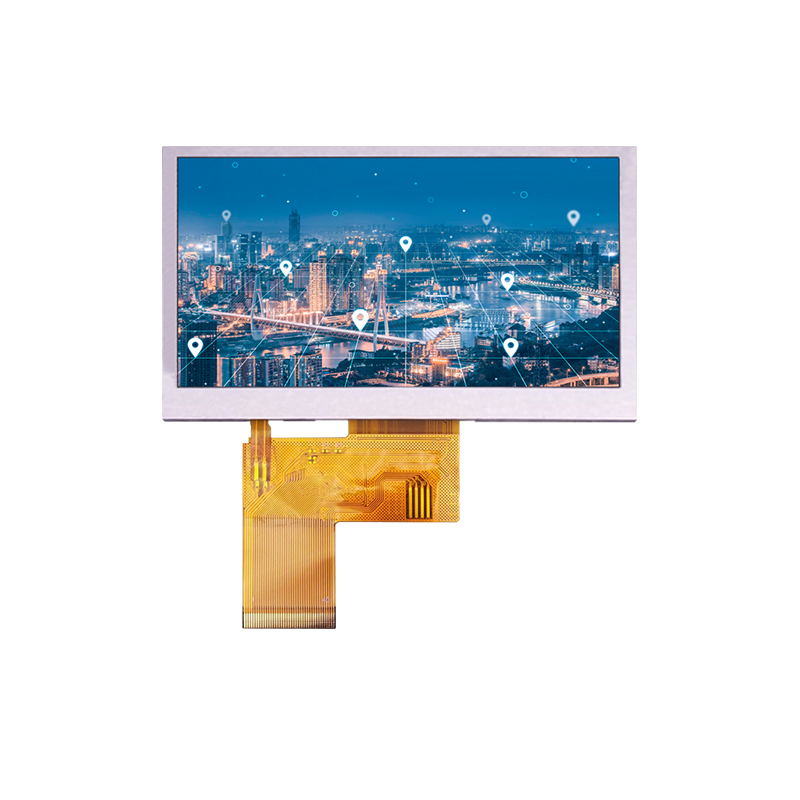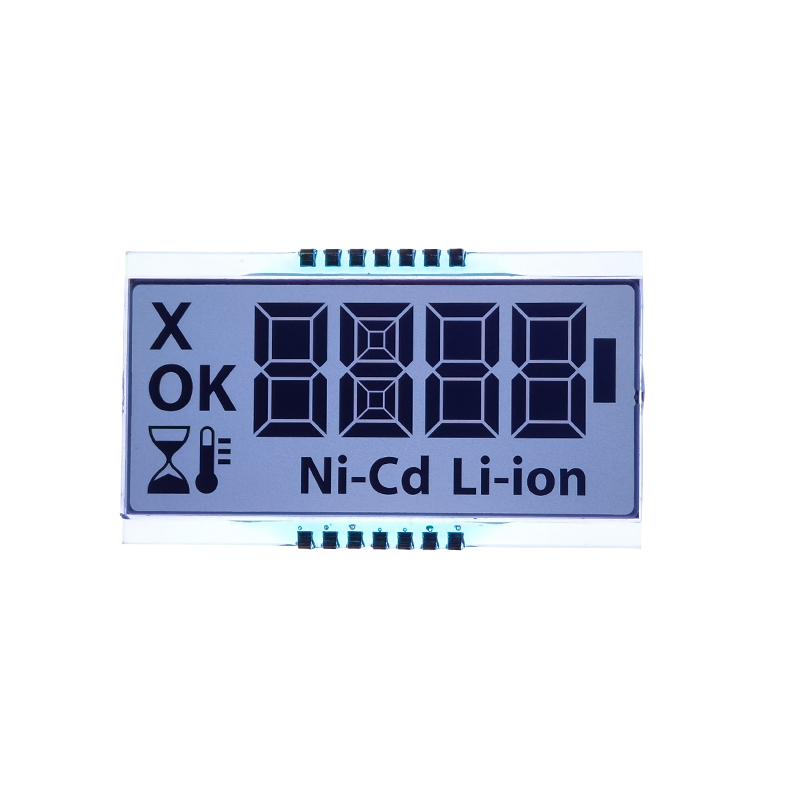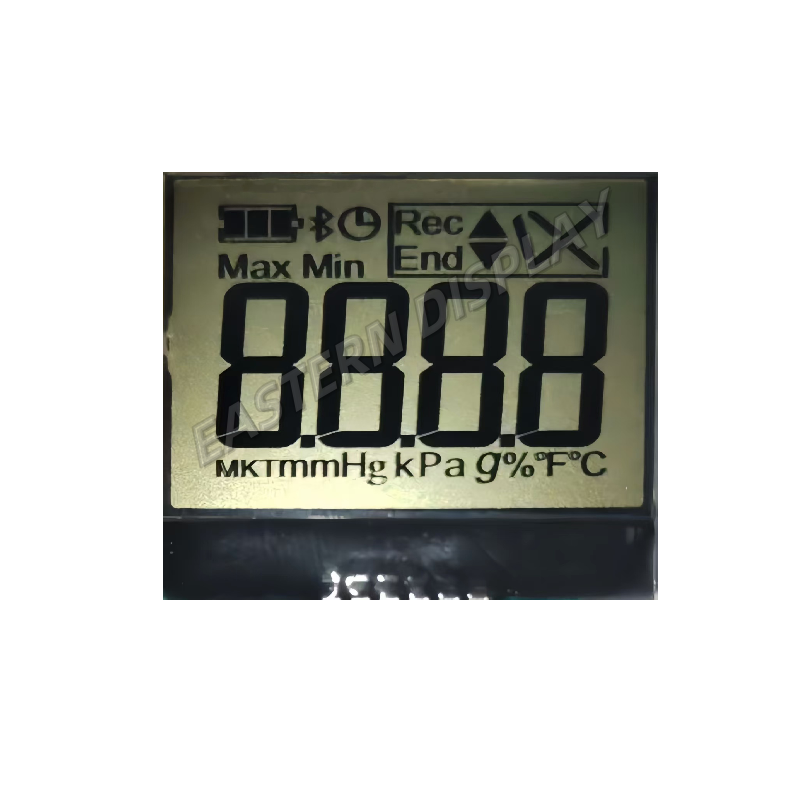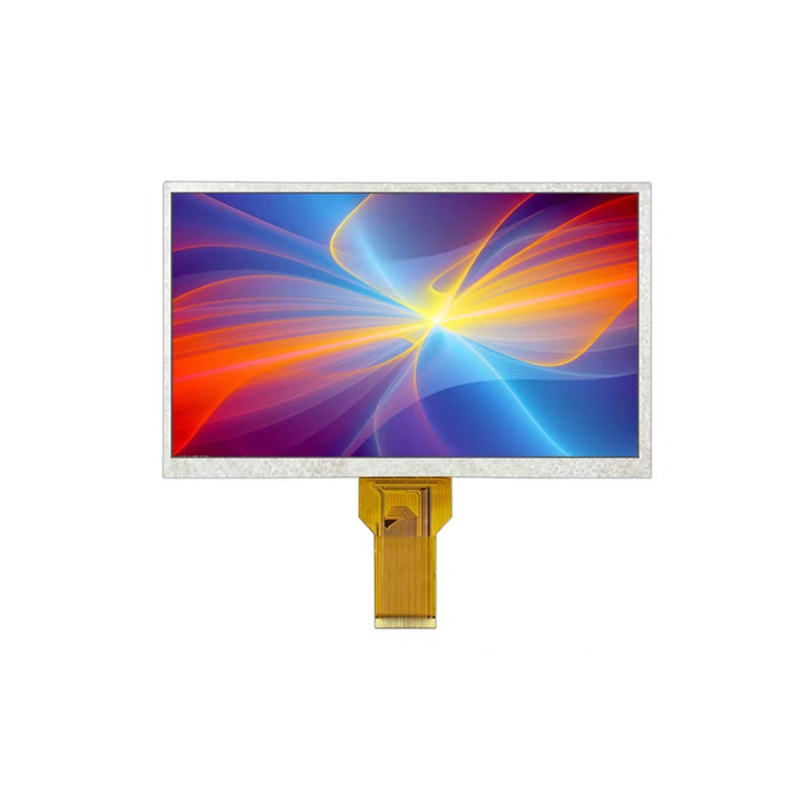
The convergence of 5G connectivity and AMOLED display technology represents a significant leap forward in mobile and display technology. AMOLED (Active-Matrix Organic Light-Emitting Diode) displays offer superior image quality compared to traditional LCD screens. They boast deeper blacks, higher contrast ratios, and wider color gamuts, resulting in a more vibrant and immersive viewing experience. The integration with 5G enhances this experience further, enabling the seamless streaming of high-resolution video content and faster data transfer speeds.
Unlike LCDs which require a backlight, AMOLED displays utilize self-emitting pixels. Each pixel is an organic LED that can be individually controlled, allowing for perfect blacks by simply turning off the pixel. This contributes to the superior contrast ratio and energy efficiency of AMOLED screens.
5G's high bandwidth and low latency make it ideal for streaming high-resolution video content to AMOLED displays. This seamless streaming capability is crucial for applications like virtual reality (VR) and augmented reality (AR), where high-quality visuals are essential for an immersive experience. The speed provided by 5G allows for almost instantaneous loading of high-resolution content, eliminating buffering and delays.
The combination of vibrant AMOLED displays and the speed of 5G creates a significantly enhanced user experience. Faster download speeds mean quicker access to apps, games, and online content. The ability to stream high-quality video without interruption contributes to a more engaging and satisfying user experience overall. This seamless interaction is increasingly important for applications demanding real-time data transfer.
5G AMOLED displays are ubiquitous in today's smartphones, offering a superior visual experience. The high resolution and vibrant colors enhance the user interface and multimedia consumption.
Larger AMOLED displays in tablets provide an immersive experience for gaming, video streaming, and content creation. The combination with 5G connectivity further enhances this experience.
Even wearable devices like smartwatches and fitness trackers are increasingly incorporating AMOLED technology. The power efficiency of AMOLED is particularly valuable in these devices.
High-quality AMOLED displays are being integrated into dashboards and infotainment systems, providing drivers with a clear and engaging view of critical information. The reliability of AMOLED technology is key in this critical application.
Ongoing research and development are pushing the boundaries of 5G AMOLED display technology. We can expect to see improvements in areas such as brightness, power efficiency, and foldable screen technology. The integration of advanced features like HDR (High Dynamic Range) and improved touch sensitivity will further enhance the user experience. Advances in flexible AMOLED technology promise to lead to even more innovative and form-fitting displays. The pursuit of sustainable materials and manufacturing processes is also gaining momentum.
| Feature | AMOLED | LCD | OLED (Non-AMOLED) |
|---|---|---|---|
| Contrast Ratio | Near-Infinite | 1000:1 - 1500:1 | High, but lower than AMOLED |
| Color Accuracy | Excellent | Good | Excellent |
| Power Consumption | Lower | Higher | Moderate |
| Response Time | Faster | Slower | Faster |
For more information on high-quality display solutions, visit Dalian Eastern Display Co., Ltd.
1Data compiled from various manufacturers' specifications and industry reports. Specific values may vary depending on the individual display model.












